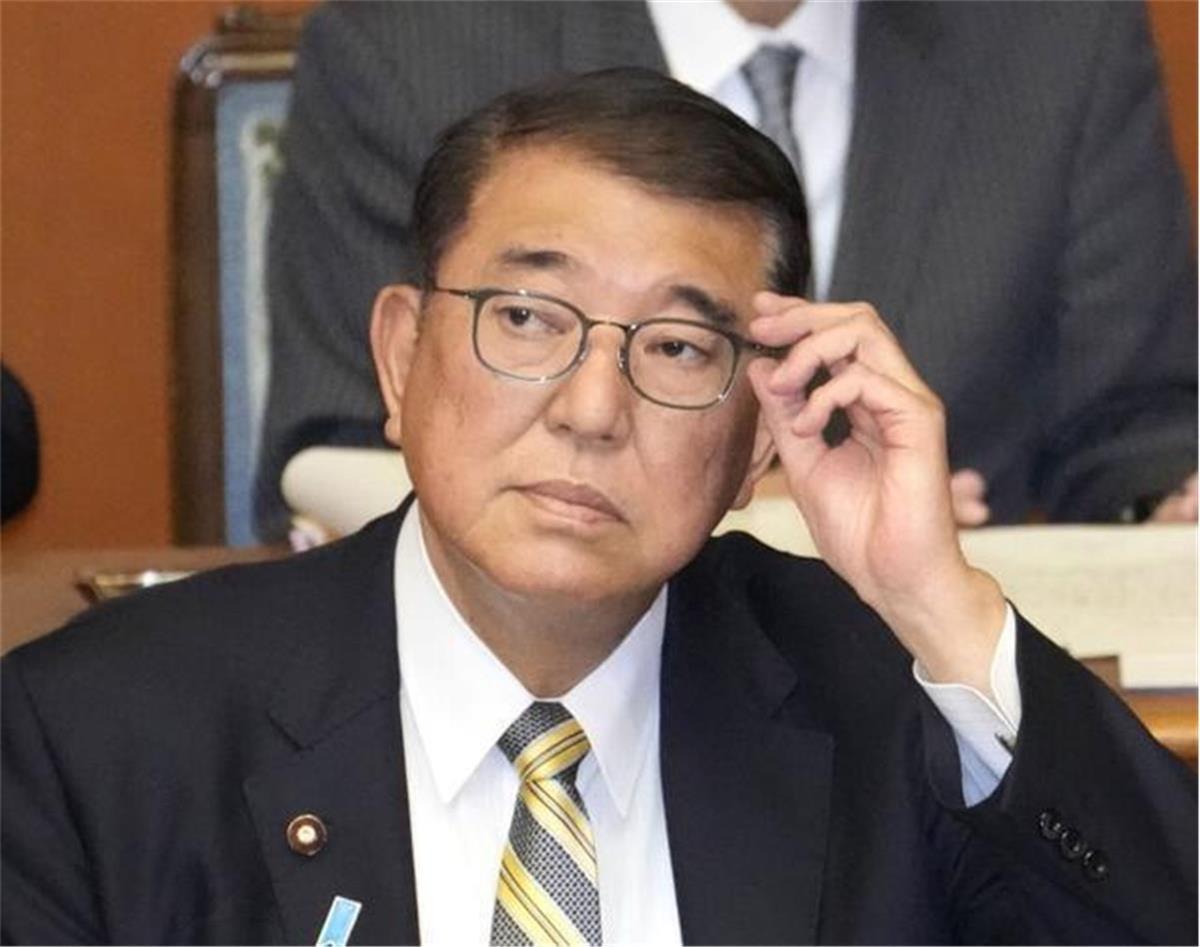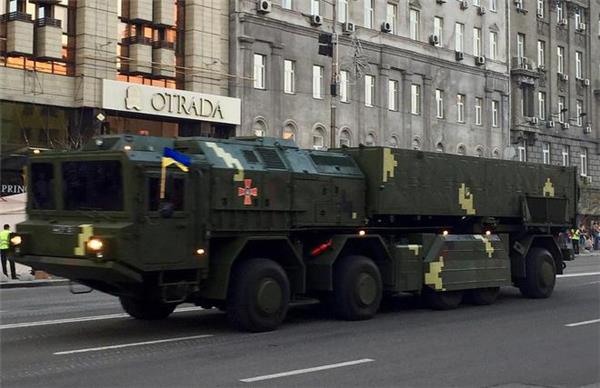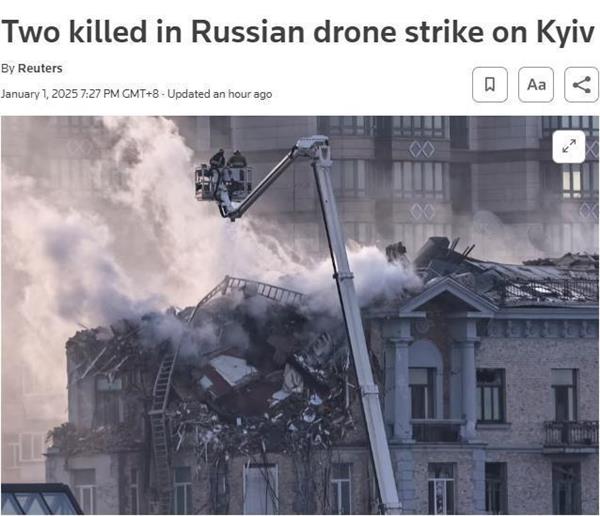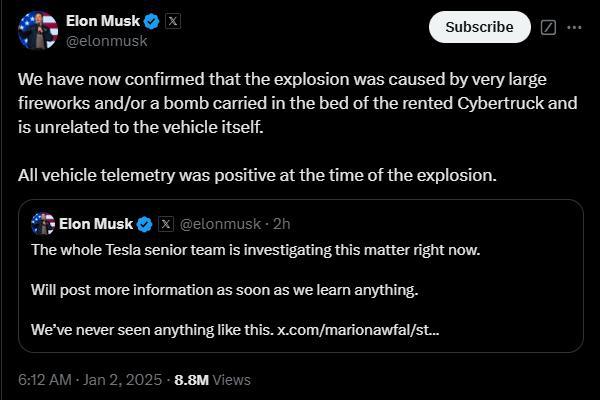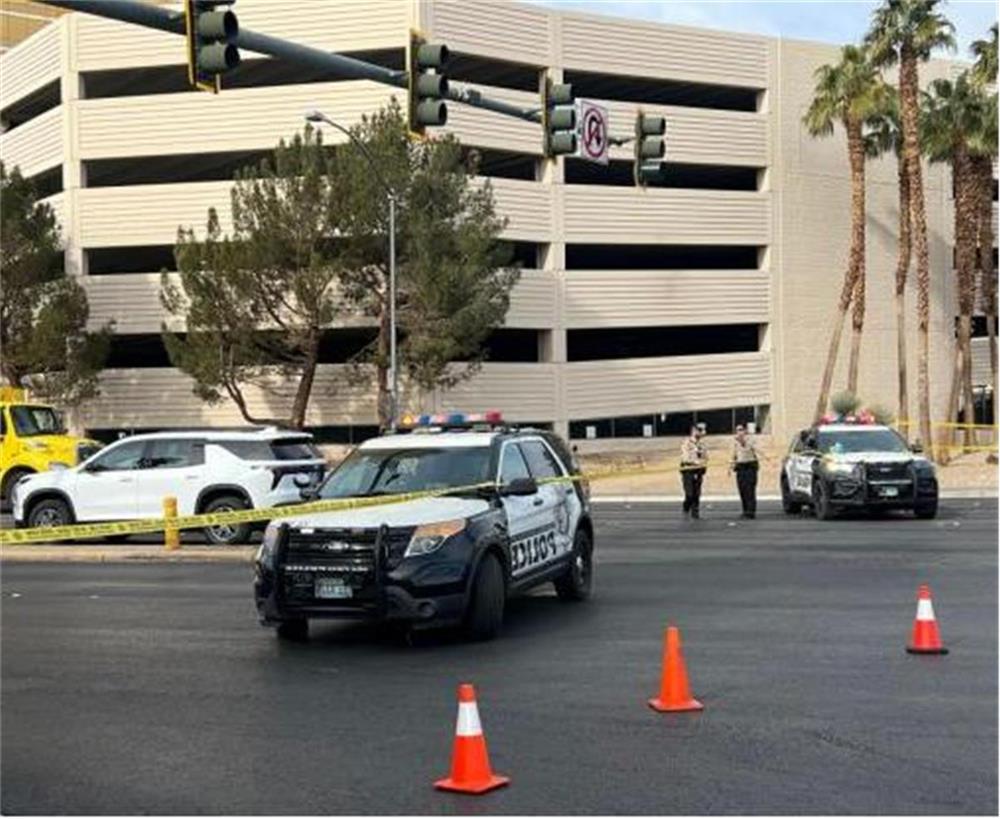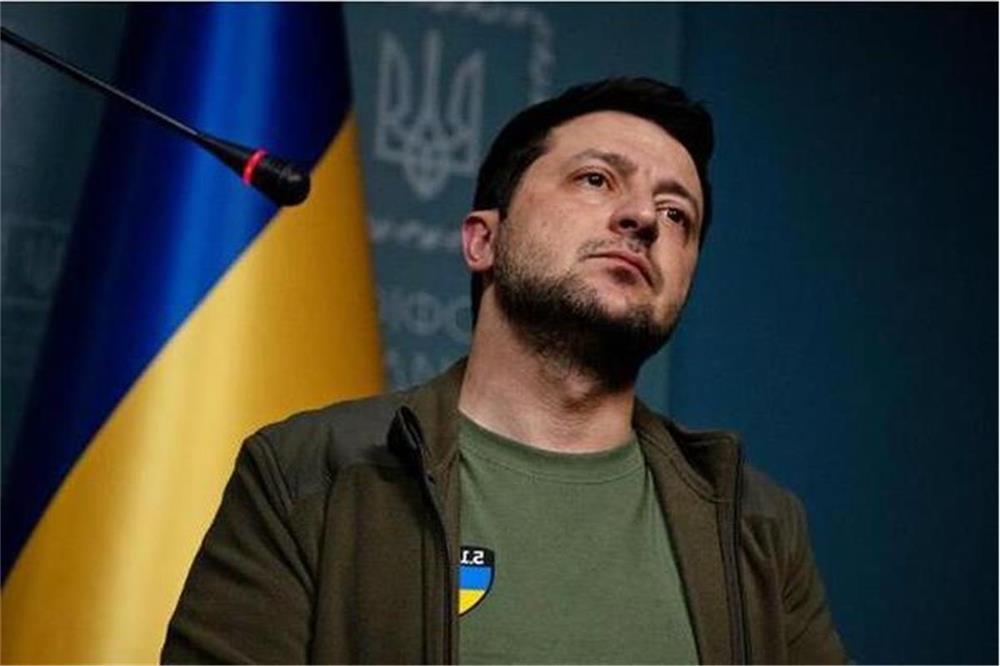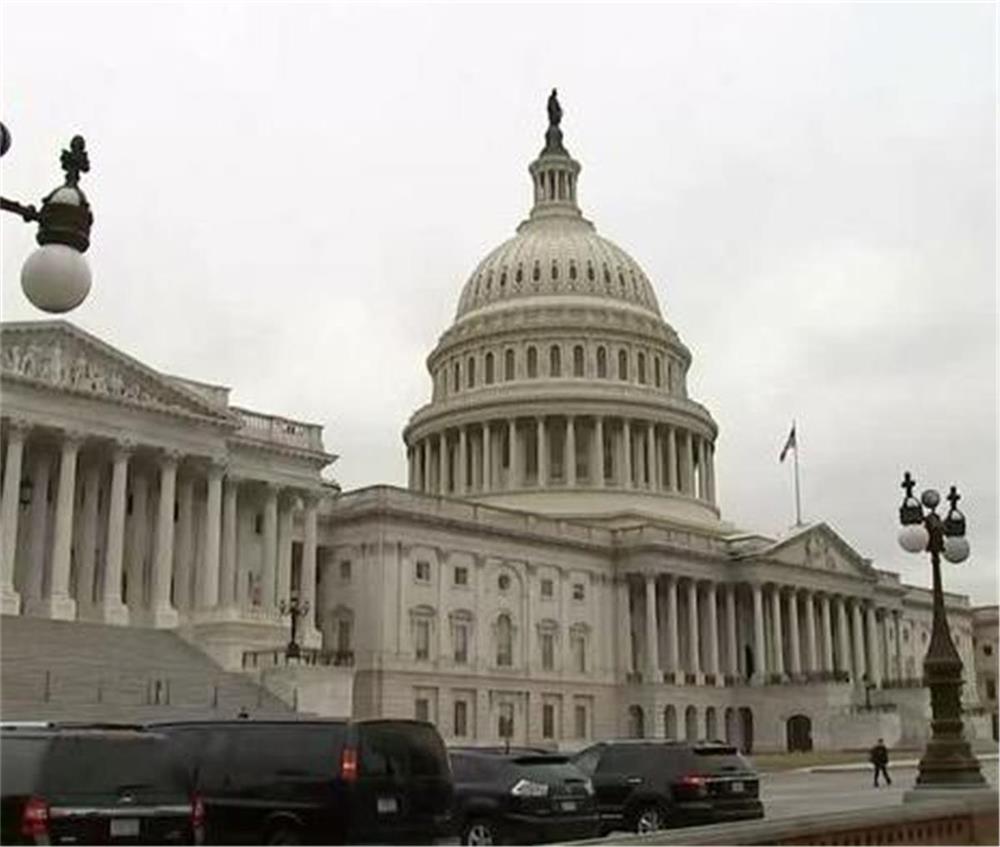Los Angeles suffers worst wildfire in history, over 100,000 people evacuate
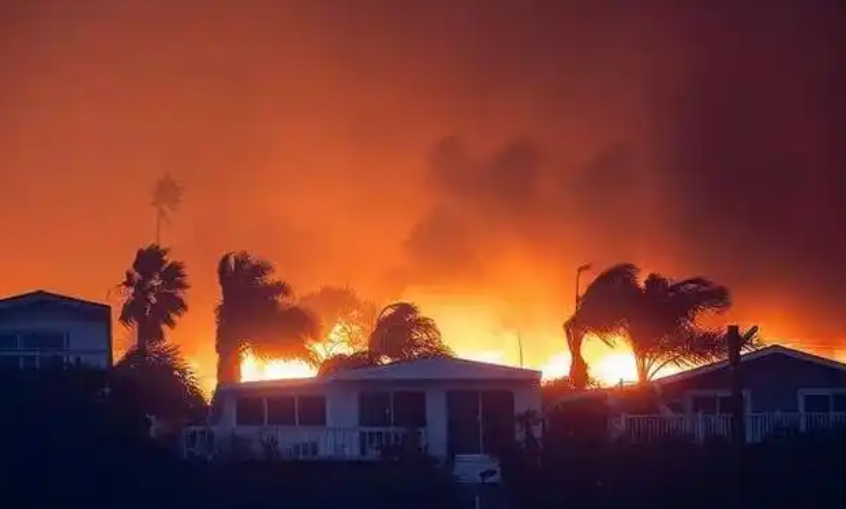
Thick smoke blanketed the city, with fires raging in multiple directions. As of 6:00 p.m. local time on Thursday, multiple huge fires in the US city of Los Angeles had left at least five people dead and caused at least 1,000 structures to be destroyed. The fires had also burned more than 152,000 acres of land, with embers the size of golf balls raining down from the skies like a swarm of fireflies going the wrong direction, and large billows of black smoke casting the day into darkness.
Officials said that the latest wildfire, near the iconic Sunset Boulevard in the Hollywood Hills, had exploded to more than 121 acres by about 6 p.m. on Thursday, and the blaze was moving from Mulholland Drive to Hollywood Boulevard, with evacuation orders in place for venues like the Hollywood Bowl and the Chinese Theatre.
Thousands of firefighters have been battling the largest wildfire in Los Angeles history since Tuesday with limited water and heavy winds.
Meanwhile, the powerful winds are making it difficult to extinguish the flames while also helping to fuel them. Many fires have gotten out of control and firefighting resources and water are being drained. More than 100,000 people have been ordered to evacuate their homes, while another 100,000 have been warned to be ready to evacuate as the fires threaten to engulf more communities.
"We woke up this morning to a cloud over the entire city of Los Angeles. The last 24 hours have been dark and agonizingly painful for those that are impacted most," said Lindsay Hovas of Los Angeles County.
Officials said there were at least six major fires in the LA area as of Thursday afternoon local time.
There are at least six fires across Los Angeles County, with all of them uncontained. State officials said that two were converging on the city of Los Angeles.
The first fire, in the Pacific Palisades neighborhood on the city's west-side, quickly blew up around 10:30 a.m. local time on Wednesday as high winds blew embers a half-mile ahead of the fire, helping to create multiple new fire starts, firefighters said. The Palisades Fire had scorched almost 18,000 acres of land and forced at least 30,000 residents to flee their homes by Wednesday evening.
The community of Pacific Palisades, nestled between mountains and the Pacific Ocean, is one of the most expensive in the US, with the average home valued at $3.7 million, according to real estate website Zillow. And it is also home to many Hollywood movie, television, and music stars. Those forced to flee their homes after the fires included Jamie Lee Curtis, Mandi Moore, and Mark Hamill.
Actor-comedian Billy Crystal and his wife, Janice, confirmed in a statement on Thursday that they lost their home in the Palisades Fire.
"This is the big one," Los Angeles mayor Karen Bass said. "Typically, when we have these strong winds, they are usually associated with rain. This time around, it's associated with extreme dryness," she said. "The Palisades fire grew from 60 acres to 1,214 acres in 12 minutes."
The Palisades Fire has destroyed at least 1,000 structures, making it the most destructive in the history of the city of Los Angeles. It is also one of the 20 most destructive wildfires in California history, based on the number of structures destroyed, state authorities said. AccuWeather, a meteorology site, estimates the initial property damage and economic loss at more than $50 billion.
A second fire, the Eaton Canyon Fire, which started late on Wednesday in Los Angeles' eastern region, has also burned more than 60,000 acres of land, killed at least five people, and continued to grow toward the neighboring city of Pasadena. The Pasadena mayor called the fire "uncontained through the afternoon."
A third fire, the Hearst Fire in the San Fernando Valley, started on Wednesday in the town of Sylmar and had moved more than 3,000 acres. Smaller fires also popped up in Santa Paula, Fontana, Sun Valley, and near Angeles National Forest.
California Governor Gavin Newsom said the state has more than 1,400 firefighters at work on the containment of the fires. The Los Angeles Fire Department made a rare emergency appeal to call all off-duty firefighters to help. Firefighters from the neighboring state of Oregon were also called in, bringing 240 firefighters and 60 fire trucks.
Nearly 1.5 million homes and businesses in Los Angeles County were without electricity, according to US Power Outage, a US power outage tracking website. Schools in the LA Unified School District will also be closed, said district superintendent Alberto M. Carvalho.
"People are being hit by these fires at a very fast rate," said Robert Silva, a spokesman for Los Angeles County Fire Department. "Our firefighters are having to go from house to house, telling people to get out because things are moving just really, really fast." Roads became jammed as panicked residents scrambled to leave, with some people abandoning their cars to flee the flames.
"Right now, it's crazy," evacuated Eaton fire resident Kevin Williams told Reuters from a Pasadena evacuation center. "The wind is strong. You got the fire, nine to 12 feet high. You're hearing boom, boom, boom. You sound like you're in a war zone."
Short on Water
Compounding the problem, a lack of water has impeded firefighters' efforts to extinguish the blazes. Los Angeles County Fire Chief Anthony Maron said earlier that, "There are not enough firefighters in Los Angeles County, and there is not enough water to handle this amount of significant fires simultaneously."
Officials said that the last of three large water tanks in Pacific Palisades was already empty because of high use, and several fire hydrants were unable to provide water.
"We've had to stress the system," said Janis Quinones, chief executive of Los Angeles Department of Water and Power at a news conference. "We've used the urban water system to fight a wildland fire."
"It's not sustainable to have multiple fire hydrants be utilized for extended hours from the urban water system," said Mark Pestrella, director of LA County Public Works.
Much of Southern California is in an extreme drought. Many areas have seen less than 0.64 centimeters of rain over the last eight months, with the ground cracking and vegetation dry and dead – perfect for a wildfire.
"Not out of danger"
Efforts to contain the fires had made progress by Thursday afternoon but officials cautioned that the fires are far from tamed. Helicopters and airplanes that were grounded due to dangerous winds are set to be allowed back into the skies to drop water on hot spots, officials said. However, the National Weather Service in Los Angeles said winds could pick back up in the afternoon on Friday and into the morning of Saturday.
The fires arrived at the most dangerous time in Southern California, which has not seen significant rainfall since last October. The Santa Ana winds had then blown dry desert air from the east toward the Pacific Ocean, sweeping through coastal mountains and blowing through ridges and canyons – helping to fan the wildfires. The Santa Ana winds are a strong, typically hot and dry wind that occurs in Southern California, especially in or near coastal areas, usually in the winter months.
Scientists say the fires – which usually happen later in the year – are another indication of the increasingly extreme weather caused by global warming, which will continue to worsen as temperatures rise in the coming decades. Scientists have also found that fires in the region have been spreading faster in recent decades.
"Today the winds continue to assault the city and the entirety of the county," said Los Angeles city fire chief Kristin Crowley. "We are not out of danger yet."
The fires erupted as US President Joe Biden was in California for a campaign event. Biden's presidential plane Air Force One was stranded in LA on Wednesday due to the winds. Biden traveled to a Santa Monica Fire Station to receive a briefing on firefighting efforts, accompanied by California Governor Gavin Newsom. On Thursday, Biden formally declared a federal disaster.
Biden vowed to do everything he could in the waning days of his presidency before handing over the White House to President-elect Donald Trump on January 20.
 Famous Persons
Famous Persons English
English
 Peter
Peter Facebook
Facebook Twitter
Twitter Pinterest
Pinterest Linkin
Linkin Email
Email Copy Link
Copy Link
